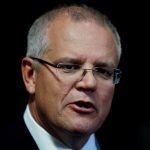The 2019 Budget verdict – Part 1
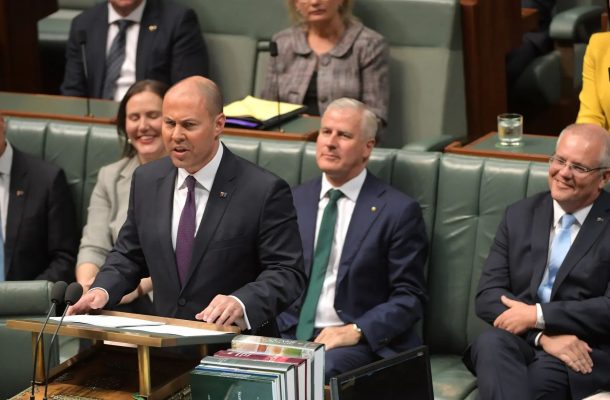
Federal Treasurer Josh Frydenberg has handed down the 2019 budget, boasting a A$7.1 billion surplus next year, and offering tax cuts for low and middle income earners, along with spending in areas like infrastructure and health
Is this the budget to give the government the poll boost it desperately needs ahead of an election that’s set to be called any day now? And is it the budget the country needs?
We’ve asked University of Melbourne experts to give their assessment of how the budget will impact the sectors they specialise in.
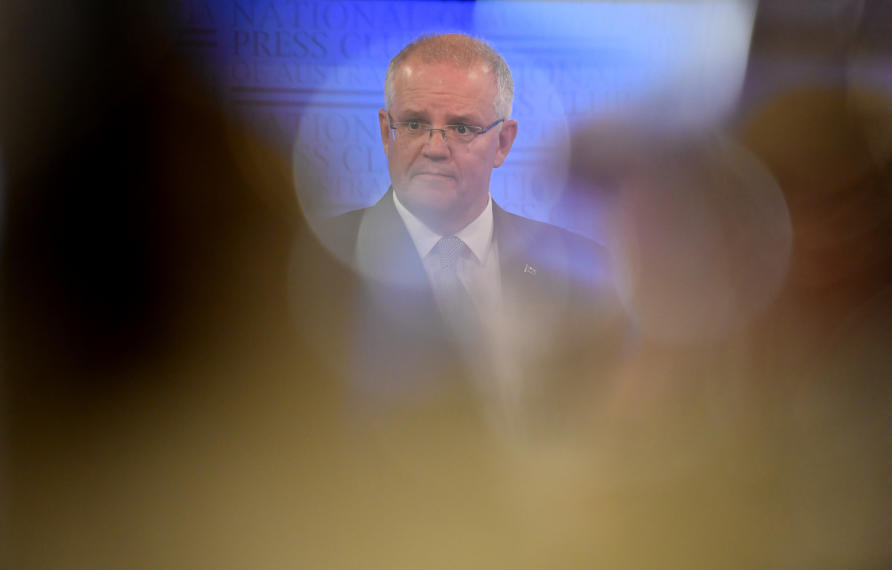
Politics: Dr Mark Triffitt, Lecturer, School of Social and Political Sciences
The budget is a politically clever array of targeted assistance and spending. Despite not achieving a surplus this year, the projected A$45 billion in surpluses plus a healthy unemployment outlook over the next four years, will also help the government frame themselves as a ‘safe pair of economic hands’ into the election campaign.
There’s a deft mix of infrastructure spending to shore up support in key electorates, as well as a clever combination of small business incentives targeted at its core constituency. There is funding for healthcare and skills aimed at offsetting what will be a strong election pitch by Labor in these areas.
But given it’s more an outright election pitch than a bold reform budget, its fiscal pluses can also be viewed as political risks. The economy has been building up some significant headwinds over several years, particularly around low to non-existent wage increases and cost of living pressures.
The budget’s tax cuts may seem large in macro terms but along with the relatively small, one-off energy assistance package they aren’t likely to neutralise these longer-run, hip pocket issues for individual voters.
The bigger strategic problem the Government faces is that being so close to the election, the budget doesn’t leave much room for further big spending announcements.

The long list of budget giveaways is likely to create a feel-good factor for a week or two. But in a five or six-week campaign where the government has fired most of it spending guns at the start, it has effectively locked themselves into a campaign strategy framed predominantly around the negatives of the opposition.
This is unlikely to sit well with an increasingly jaded and distrustful electorate.
Economics: Dr Sam Tsiaplias, Senior Research Fellow, Macroeconomics Research Program, Melbourne Institute
After 11 consecutive budget deficits, the 2019 budget is expected to achieve a small surplus of about 0.4 per cent of GDP in 2019-20. This reflects a trend away from relatively large deficits, which averaged 2.7 per cent of GDP over the period 2008-09 to 2016-17 before falling rapidly in the last few years.
This falling trend has been driven by rising receipts, which have grown at a substantially faster rate than spending. However, given the soon to be announced election, it is unsurprising that the government has decided to spend more in this budget.
A key issue will be whether the spending will ramp up household consumption and private sector investment.
On the whole the measures seem sensible.
Bringing forward tax cuts should stimulate consumption at the margin, while leaving the housing markets alone will minimise some of the additional short-term pressure that would stem from the partial removal of negative gearing and capital gains tax discounts.
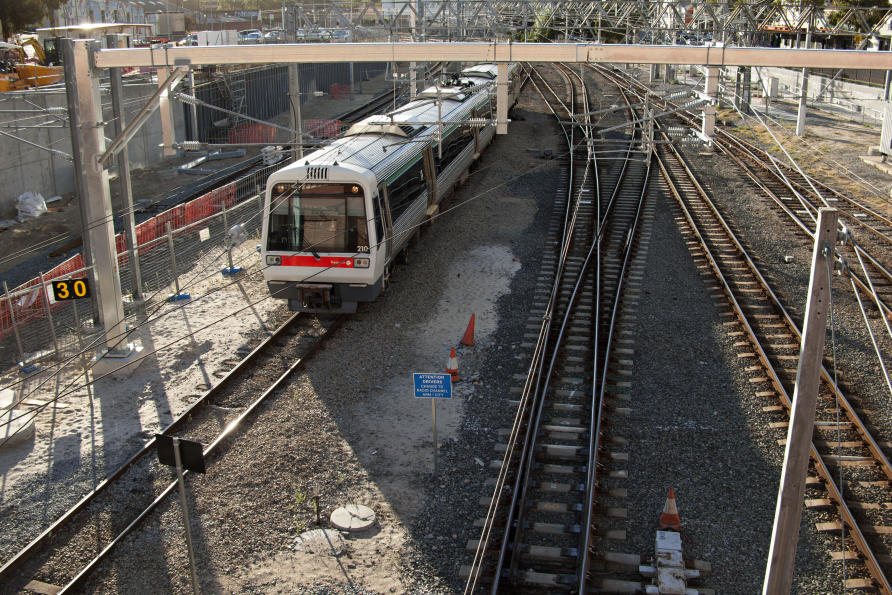
At the same time, this is yet another budget still focused on the short-term with little to be said about important factors such as the future health and welfare implications of an ageing population.
Infrastructure: Dr Crystal Legacy, Senior Lecturer in Urban Planning, Melbourne School of Design
A key pillar in the Coalition’s budget is to leverage a large infrastructure agenda to strengthen the economy, to realise the potential of regions and to beat congestion in cities. This will be achieved by a boost in infrastructure spending in the order of A$100 billion over the next decade.
Focusing on transport infrastructure, Victoria will see a commitment of A$6.2 billion partly framed around the highly problematic idea that more roads will relieve congestion. This is an idea that has been widely disputed by transport academics both at the University of Melbourne and globally.
But despite the evidence, the Coalition government has announced an increase in the urban congestion fund from A$3 billion to A$4 billion.
In addition to an investment of A$1.1 billion to improve 13 suburban roads, this budget also includes the curious commitment of a A$500 million commuter car park fund. Ostensibly, this commitment will give greater access to public transport and in doing so support a car-centric approach to achieving accessibility.
For Victorians, investment into regional fast rail included a A$2 billion commitment to a high-speed rail to Geelong, but it has been shown that this project falls well short of the total budget needed to support its delivery. This project has already been critiqued as a cynical example of pork barrelling given the number of marginal seats in play in Geelong.
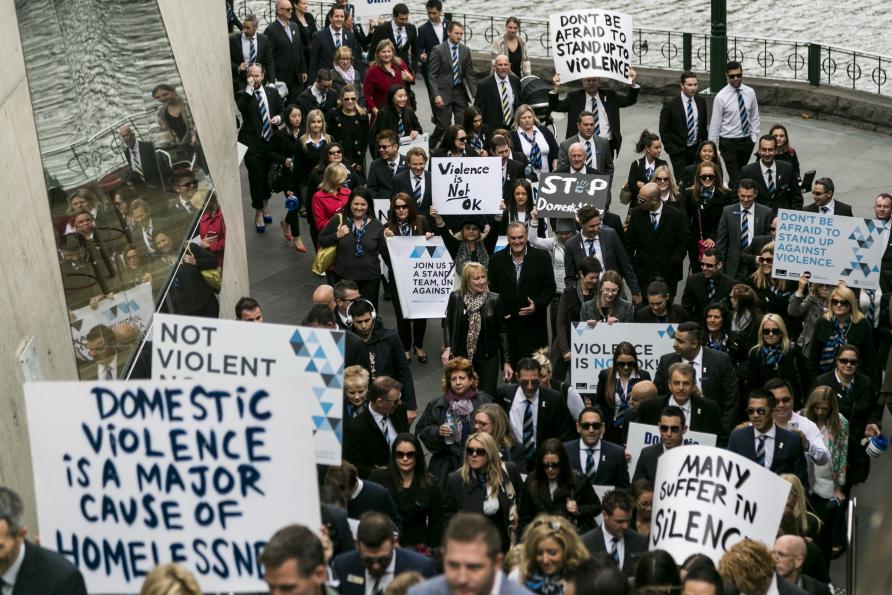
Domestic violence: Professor Kelsey Hegarty, Chair of Family Violence Prevention, Royal Women’s Hospital
The budget delivers on the A$328 million package to address domestic violence announced earlier this month.
There is a welcome focus on prevention and early intervention, including supporting front line workers to identify and respond. However, the investment is not sufficient to equip health services across Australia. Safer Families Centre of Research Excellence, led by University of Melbourne, advocates for transforming the health system and this funding won’t have enough reach across the health system to keep women and children safe.
General practitioners are most commonly the people told about the occurrence of domestic violence and they need a lot of resources to equip them better as first responders. It isn’t just training, it’s also support, integrated coordinated care and clear referral pathways so they can be best placed to make a difference.
Similarly funding is needed to facilitate Aboriginal and Torres Strait Islander peoples’ voices being heard so that they can inform greater investment in responses in their communities.
Finally, technology facilitated abuse and using technological tools and innovation to respond to domestic violence needs to be an ongoing focus, and is a key area of work for our researchers.
Women’s safety: Professor Cathy Humphries Head, Department of Social Work, School of Health Science
It is heartening to see a balance between prevention (A$68 million) and responding which includes A$62 million over three years to support and expand the 1800 Respect helpline.
The commitment of A$60 million to build crisis accommodation is essential and overdue. Far too many women and their children are accommodated in sub-standard motels and rooming houses: this is dangerous and inadequate for women and children forced to flee the violence.
Equally important is the A$18 million to support women’s safety packages to keep them safely in their homes. Only a minority of women and their children find this option safe. However, for those that are able, with support, to stay in their own homes, this resourcing will make a difference.
Funding spread over three years and across six states and two territories suggests that the resourcing is hopefully a beginning rather than an end in support that can be expected for this sector.
Of equal importance are other areas which are critical to women escaping situations of domestic violence. These include: women’s legal aid, New Start payments, child care and support to gain employment.
There was little mention of these areas in the budget headlines.
This article was published by Pursuit
Open Forum is a policy discussion website produced by Global Access Partners – Australia’s Institute for Active Policy. We welcome contributions and invite you to submit a blog to the editor and follow us on Twitter, Facebook, Linkedin and Mastadon.








